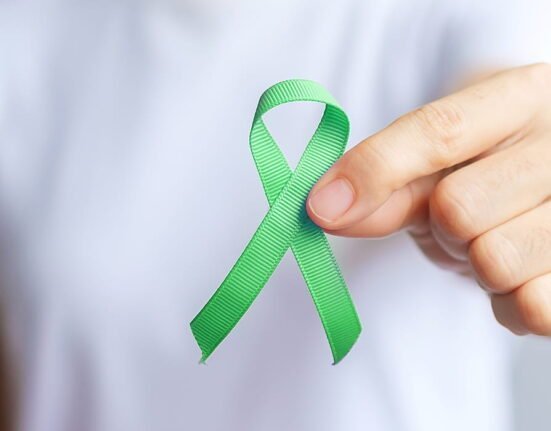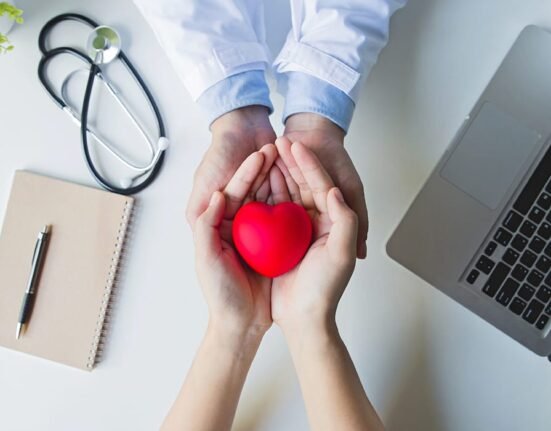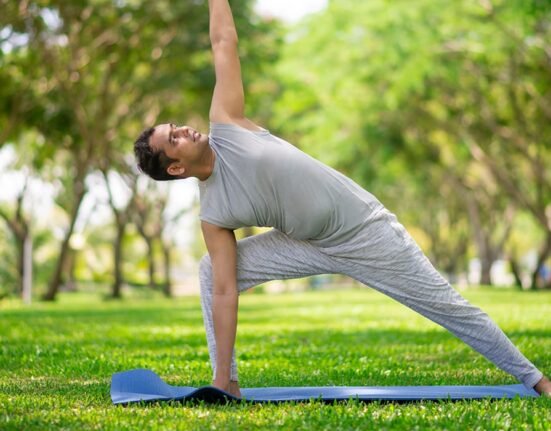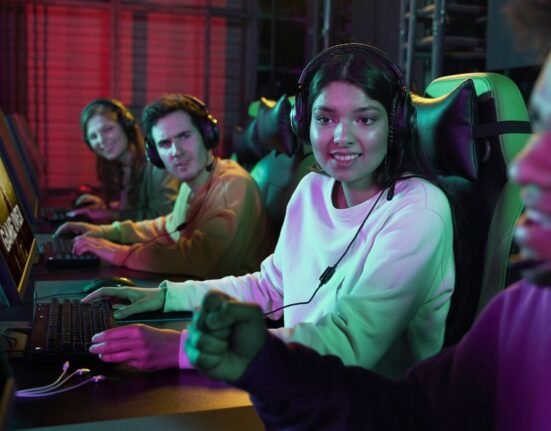Not all humans are wired to wake, work, and sleep at the same time. Some of us are early birds, springing from our beds at dawn, while others flourish during the stillness of night. Our biology and psychology ingrain these distinctions, which the idea of chronotypes sums up. A chronotype is one’s biological tendency to sleep and be active at certain times of the day, characterized by morningness or eveningness or an intermediate type.
What are Chronotypes?
Chronotypes are determined by the body’s circadian rhythm, an approximately 24-hour clock that governs sleep-wake patterns, hormone release and other physiological functions. Sleep researchers popularized the term “chronotype” to refer to differences among people in this rhythm. In 1976, Horne and Östberg devised what has become a common tool for determining morning or evening preference, the Morningness-Eveningness Questionnaire (MEQ).
Their work showed that chronotypes are a continuum and most people fall somewhere in between extreme larks and owls. Studies suggest that chronotypes have some genetic basis. A landmark study linked genetic differences in the CLOCK gene, which regulates circadian rhythms, to a predisposition toward morningness or eveningness.
More recent studies have shown that polymorphisms in genes such as PER2 and PER3 affect sleep timing, with estimates of the heritable component of chronotypes being between 40-50%. But environment and lifestyle factors also have an impact, as cultural imperatives, hours at work and light exposure can alter sleep patterns, sometimes in conflict with genetic tendencies.
Read More: The Psychology Of Nocturnal Productivity: Why Some People Are More Motivated At Night
The Psychological Profile of Chronotypes
Chronotypes are not just sleep schedules; they shape personality, cognition and emotional well-being. Those who are morning people, also known as larks, are more likely to score high on conscientiousness and emotional stability. A 2013 study by Randler found that morning-oriented people scored higher on measures of persistence, planning and other traits associated with successful academic and career outcomes.
Larks also report greater life satisfaction, perhaps because their natural rhythms fit better with societal norms of early work and school start times. Evening types, or owls, show a distinct psychological profile. Studies show eveningness is correlated with higher creativity and openness to experience. Owls tend to be better at open-ended brainstorming, things like art, or solving problems in novel contexts. But night owls may struggle in traditional environments.
An evening chronotype has been shown to be associated with lower academic performance in adolescents (Perry et al, 2017), likely due to the mismatch between the end phase of these adolescents’ sleep cycles and early school start times. Most of the population are intermediate chronotypes, with a mix of these qualities. They might lack owls’ extreme creativity or larks’ strict discipline, but tend to adapt more easily to different schedules. This ability to pivot can serve as a psychological force in the face of erratic demand.
Read More: Non-24-Hour Sleep Wake Disorder
Chronotypes and Mental Health
The relationship between chronotypes and mental health is a burgeoning area of investigation. Eveningness in particular has been associated with increased mood disorder risk. Evening types are also more likely to suffer from depression and anxiety, possibly caused by disrupted sleep cycles or social jetlag, where a person’s biological clock is out of sync with society’s clock.

Social jetlag is the technical term for what happens when owls are forced to get up in time for work or school, causing chronic sleep deprivation and chronic stress. Chronotypes have also been linked to other conditions with circadian disruption, like bipolar disorder. Many people with bipolar disorder display eveningness, and their fluctuations in mood are related to shifts in the circadian phase.
This indicates that stabilizing sleep schedules in either animals or humans may be a therapeutic strategy, a hypothesis borne out by clinical trials on chronotherapy, which uses light exposure and timing of sleep to reset circadian rhythms.
Read More: Mood Disorders in the Modern World
Chronotypes and Cognitive Performance
Chronotype affects when we are at our cognitive prime. The “synchrony effect” refers to how task performance is highest when it integrates with one’s chronotype. Studies found that “larks” tend to do better on cognitive tasks such as memory and attention in the morning, and “owls” do better later in the day. This has consequences for education and labour.
For example, testing or important meetings scheduled for the morning could put owls at a disadvantage, at which time they might still be groggy, and late-night brainstorming sessions could leave larks out, who is winding down. Age is another factor that modulates these effects. Adolescents tend to drift towards eveningness, a change that’s influenced by hormonal changes occurring during puberty.
Crowley et al. found that the cognitive performance of teenagers improves when school start times are pushed back, in line with their shifted circadian rhythms. In contrast, older people tend toward morningness, which may help explain why older adults often say their focus is best in the early morning hours.
Read More: How Early Puberty Impacts the Mental Health of the Child
Chronotypes in Modern Society
Modern life often runs counter to natural chronotypes, causing both psychological and physiological stress. The 9-to-5 corporate day feeds into industrial-age constructs that erode wellness and quality work, catering to morning chronotypes while punishing owls, who can feel turbo-charged by your midday. Studies have estimated that as many as 70 per cent of people suffer from social jetlag to some extent — and evening types are hit the hardest.
This misalignment has been associated with obesity, diabetes and cardiovascular problems, as chronic disruption of sleep also puts stress on the body’s metabolic systems. Technology compounds these problems. Blue light exposure from screens postpones melatonin production, delaying the onset of sleep—derailing particularly evening types already predisposed to staying up.

In Chellappa’s study, for example, evening types who screen scrolled a lot reported poorer sleep quality than morning types—and much greater daytime fatigue — suggesting that owls are more susceptible to tech-negative effects on circadian cycles. Work-from-home trends and flexible schedules, accelerated by the COVID-19 pandemic, have provided some relief.
Those with an evening chronotype, suggesting that they hit their peak energy one to two hours well past the average bedtime, reported a much higher degree of job satisfaction when they were given autonomy to set their own work hours and flexibility to align tasks with their peak performance periods. However this flexibility is not universal, and many owls continue to feel pressure to conform to morning-oriented schedules.
Read More: The Connection Between Obesity and Mental Health
Adapting to Chronotypes: Practical Implications
Chronotype Theories and Data Acknowledgments Ideologies References Understanding chronotypes empowers us to act both personally and collectively for well-being. For individuals, knowing your chronotype can help you make better lifestyle choices, such as structuring when you take on more demanding tasks for your peak alertness periods.
Evening types could be helped by exposure to morning light to bring their rhythms earlier, and morning types could use dim lighting in the evening to preserve their early bedtime. Such interventions can boost sleep quality and performance by as much as 10%. On a societal level, schools and workplaces can implement chronotype-friendly policies.
School start times, which the American Academy of Pediatrics recommends delaying, have been shown to positively affect academic outcomes and mental health in teens. Flexible work hours or split shifts could do the same, removing social jetlag for different chronotypes. Certain companies — especially in tech — experimented with “chronotype-aware” scheduling, with positive implications for employee productivity and satisfaction.
Read More: Improving Workplace Satisfaction, Motivation and Productivity Using Positive Psychology
Future Directions in Chromosome Research
You know a ton about chronotypes, but there are still holes. Most studies examine Western populations, but cultural variance in sleep norms — like siestas in Mediterranean nations, or late-night work cultures in East Asia — could influence chronotypes differently. Collectivist cultures might repress eveningness because of social pressures to conformity — a hypothesis that should be developed further.
Researchers also need to conduct longitudinal studies to monitor how chronotypes change over a lifetime and interact with sleep changes related to ageing. New developments in wearable devices, capable of tracking sleep and activity in real-time, provide chances for calibrating chronotype evaluation beyond subjective questionnaires.
Finally, the incorporation of chronotype data into personalized medicine has the potential to optimize treatment effects in not only sleep disorders but also mood-related disorders and chronic diseases that are temporally adverse with regard to their circadian misalignment.
Read More: Unlock Your Brain’s Power: Enhance Memory and Cognitive Performance
Conclusion
Chronotypes provide a glimpse into this complex interaction of biology, psychology and environment. From shaping personality traits to affecting mental health and cognitive performance, our internal clocks are integral to who we are. But modern society often overlooks these differences, imposing rigid schedules and forcing square pegs into round holes. By targeting chronotype diversity (via research, policy and individual awareness), we can achieve optimal well-being and productivity, allowing larks to soar at dawn and owls to come alive under the stars.
FAQs
1. What is social jetlag?
Social jetlag is the mismatch between your biological clock and societal schedules, like early work hours, which can cause stress and health issues, especially for evening types.
2. Why do teenagers tend to be night owls?
Adolescents shift toward eveningness due to hormonal changes during puberty, which delays their circadian rhythms, making early mornings challenging.
3. Can chronotypes change over time?
Yes, chronotypes shift with age—teens lean toward eveningness, while older adults often become morning-oriented. Lifestyle and environment can also influence changes.
4. How can schools and workplaces support different chronotypes?
Delaying school start times and offering flexible work hours can align with natural rhythms, improving performance and well-being for both larks and owls.
5. Does everyone fit neatly into a morning or evening type?
No, most people are intermediate types, falling between extreme larks and owls, with varying degrees of flexibility in their sleep-wake patterns.
6. How can I find out my chronotype?
You can take the Morningness-Eveningness Questionnaire (MEQ) or track your natural sleep-wake patterns over time to identify your preferences.
References +
Chellappa, S. L. (2021). Digital media and sleep in the 21st century. Current Opinion in Physiology, 20, 81–87. https://doi.org/10.1016/j.cophys.2021.03.006
Crowley, S. J., Acebo, C., & Carskadon, M. A. (2014). Sleep, circadian rhythms, and delayed phase in adolescence. Sleep Medicine, 15(3), 259–266. https://doi.org/10.1016/j.sleep.2013.10.002
Facer-Childs, E. R., Middleton, B., Skene, D. J., & Bagshaw, A. P. (2017). Circadian phenotype impacts cognitive performance in healthy adults. Scientific Reports, 7(1), 1–9. https://doi.org/10.1038/s41598-017-14128-x
Giuntella, O., Hyde, K., Saccardo, S., & Sadoff, S. (2022). Remote work and sleep health. Journal of Economic Behavior & Organization, 200, 1138–1156. https://doi.org/10.1016/j.jebo.2022.07.002
Jones, S. E., Tyrrell, J., Wood, A. R., Beaumont, R. N., Ruth, K. S., Tuke, M. A., Yaghootkar, H., Hu, Y., Teder-Laving, M., Hayward, C., Roenneberg, T., Wilson, J. F., & Weedon, M. N. (2016). Genome-wide association analyses in 128,266 individuals identify new morningness and sleep duration loci. Nature Genetics, 48(8), 937–941. https://doi.org/10.1038/ng.3609
Katzenberg, D., Young, T., Finn, L., Lin, L., King, D. P., Takahashi, J. S., & Mignot, E. (1998). A CLOCK polymorphism associated with human diurnal preference. Sleep, 21(6), 569–576. https://doi.org/10.1093/sleep/21.6.569
May, C. P., & Hasher, L. (1998). Synchrony effects in inhibitory control over thought and action. Journal of Experimental Psychology: Human Perception and Performance, 24(2), 363–379. https://doi.org/10.1037/0096-1523.24.2.363
Melo, M. C. A., Abreu, R. L. C., Linhares Neto, V. B., de Bruin, P. F. C., & de Bruin, V. M. S. (2019). Chronotype and circadian rhythm in bipolar disorder: A systematic review. Journal of Affective Disorders, 259, 210–217. https://doi.org/10.1016/j.jad.2019.08.031
Merikanto, I., Lahti, T., Kronholm, E., Peltonen, M., Laatikainen, T., Vartiainen, E., Salomaa, V., & Partonen, T. (2017). Eveningness relates to low school achievement in adolescents. Learning and Individual Differences, 59, 41–47. https://doi.org/10.1016/j.lindif.2017.08.009
Preckel, F., Lipnevich, A. A., Schneider, S., & Roberts, R. D. (2011). Chronotype, cognitive abilities, and academic achievement: A meta-analytic investigation. Personality and Individual Differences, 51(6), 784–789. https://doi.org/10.1016/j.paid.2011.06.033
Randler, C. (2013). Proactive people are morning people. Personality and Individual Differences, 55(6), 708–711. https://doi.org/10.1016/j.paid.2013.05.016
Roenneberg, T., Wirz-Justice, A., & Merrow, M. (2015). Life between clocks: Daily temporal patterns of human chronotypes. Current Biology, 25(7), R281–R283. https://doi.org/10.1016/j.cub.2015.01.066
Taylor, B. J., & Hasler, B. P. (2018). Chronotype and mental health: A meta-analysis. Sleep Medicine Reviews, 42, 139–149. https://doi.org/10.1016/j.smrv.2018.07.001 Vetter, C., Fischer, D., Matera, J. L., & Roenneberg, T. (2020).
Aligning work and circadian time in shift workers improves sleep and reduces circadian disruption. Chronobiology International, 37(4), 497–508. https://doi.org/10.1080/07420528.2020.1720678













Leave feedback about this